A Brief History
The Georgetown Presbyterian Church began in 1760…
as a small group of worshipers and organized into a church in 1780 under the eminent Stephen Bloomer Balch, Revolutionary War soldier and pupil of religious leader John Witherspoon. It was the first Presbyterian Church in what was to become modern-day Washington, DC, and is the oldest DC church of any denomination with an unbroken ministry. Until long after the national capital was established, many of Washington’s baptisms, weddings and funerals were solemnized in our church. People of all denominations worshiped with us, including many leaders of the young republic.
In 1782 our congregation erected the first – and for many years the only – Protestant church building in Georgetown. Additions were made in 1794 with Thomas Jefferson among the contributors. A rare charter, still in effect, was granted in 1806 to “the Presbyterian Congregation in George Town” by an act of Congress signed by President Jefferson. In 1810 our seal, with its seven stars and Bible, was given to the church by the superintendent of the Mint. In 1821, the cornerstone was laid for the beautiful Bridge Street building which was moved fifty years later to our present site. This is the building which we have since restored and in which we now worship.
Our church pioneered in both the religious and cultural life of this community. In 1781, Dr. Balch became headmaster of the Columbian Academy to which George Washington sent his nephews and wards, and later a school for girls was founded. Dr. Balch wrote the first book published in the District of Columbia and he helped found the first public library. Out of our church and under Dr. Balch’s broad-minded leadership, Episcopal, Methodist and Presbyterian churches were established in Washington and Maryland.
Our church bell tolled all day when President Washington died. In our church George Washington Parke Custis, grandson of Martha Washington and father-in-law of Robert E. Lee, delivered a speech on Napoleon’s defeat. Memorial services for President William Henry Harrison were conducted here in 1841. During the Civil War, our building became a hospital for both Union and Confederate soldiers, including casualties from the Second Battle of Manassas and the Battle of Fredericksburg. In these and in other ways, this church identifies with the history of the nation it continues to serve.

